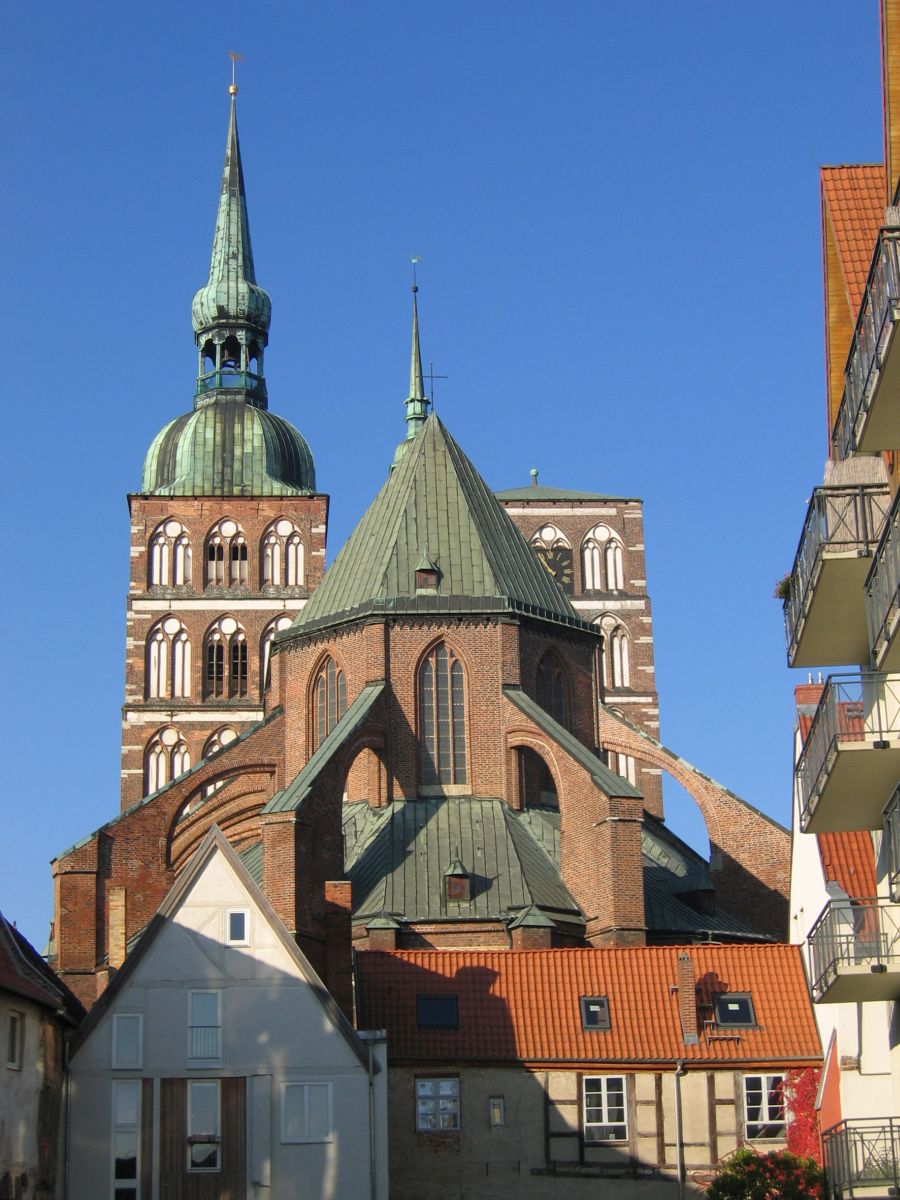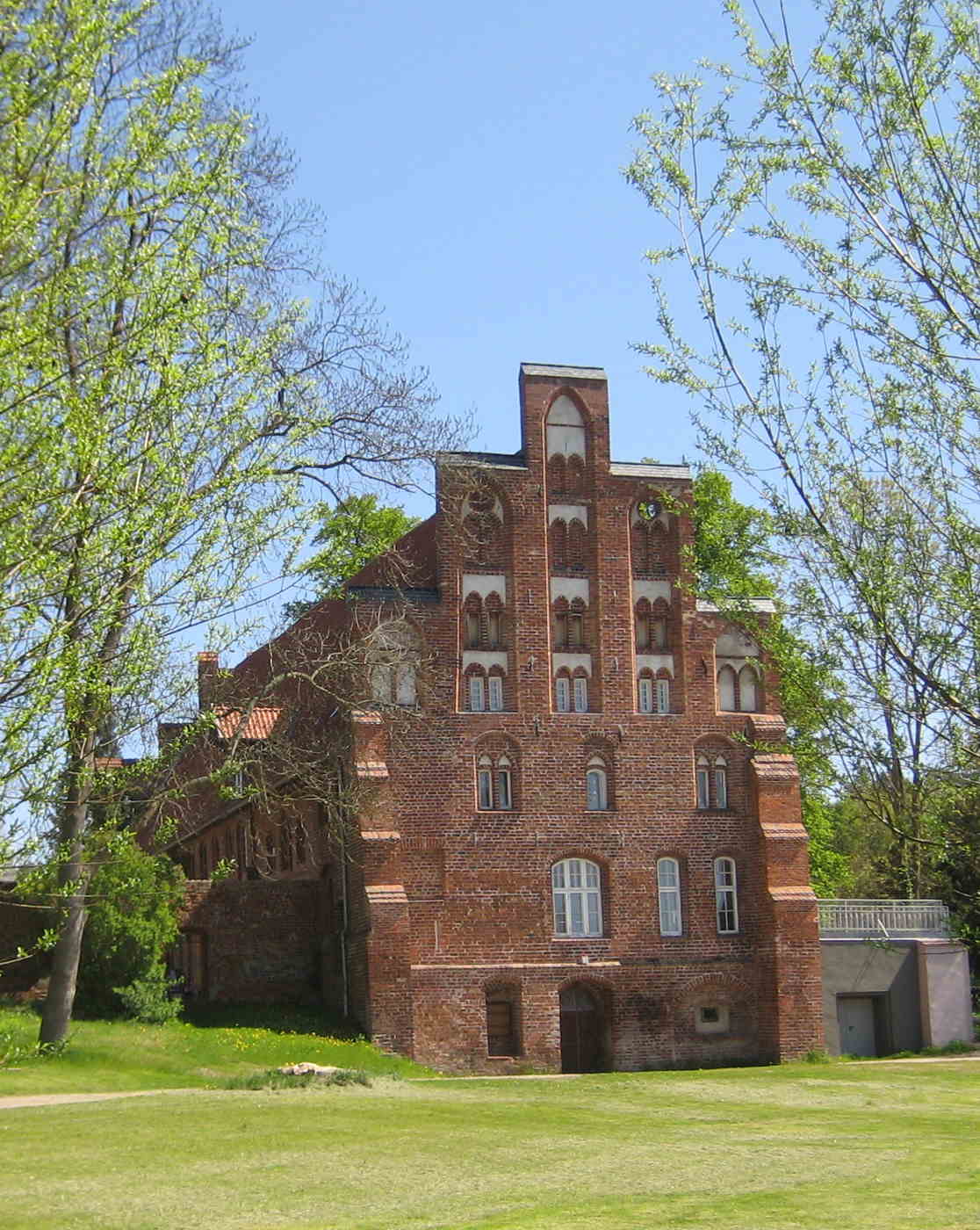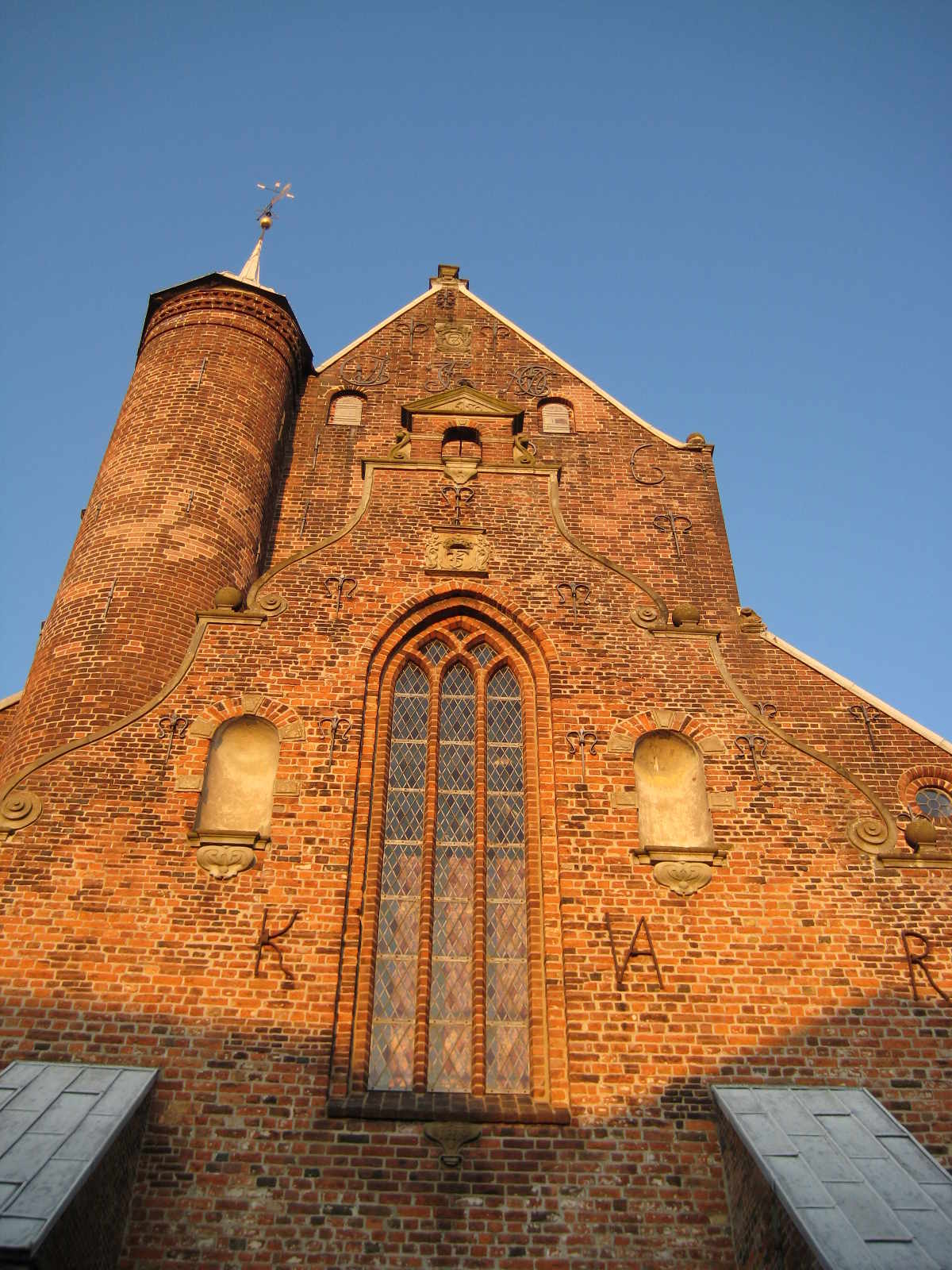Brandenburg an der Havel is the earliest and most important urban centre of the Mark Brandenburg and also its eponym. The town centre is made up of three parts: the cathedal island (“Dominsel”), the Old Town (“Altstadt”), and the New Town (“Neustadt”), all of which were independent until the 18th century. The town of Brandenburg […]
read moreToday, more than 40,000 people live in Buxtehude at the gates of the great Hanseatic city of Hamburg and on the edge of the Alte Land with its magnificent fruit tree blossoms. Buxtehude was given the title of fairytale town through the Brothers’ Grimm story of the hare and the hedgehog. The historic old town […]
read moreKnown far beyond the borders of Brandenburg, Chorin’s early Gothic Cistercian monastery, built from 1272 onwards, was the most ambitious building project in Brandenburg at that time. It was here that the High Gothic architectural system that had been developed in France was implemented completely in brick for the first time.
read moreNeukloster, which was largely spared by the Second World War, is a town rich in history and medieval buildings. 800 years ago Cistercian nuns found a place in the sun here and called this Campus Solis – Sonnenkamp. From 1648 to 1803, the tranquil Neukloster belonged to the Kingdom of Sweden, as did Wismar. From […]
read morePütt, as Parchim is affectionately called in Low German, is situated in the hilly setting of a terminal moraine, halfway between the German conurbations of Hamburg and Berlin and at equal distance from the Mecklenburg Baltic coast. The surrounding area, rich in forests, rivers and lakes, has the highest Douglas firs in Europe, numerous wetlands […]
read moreThis more than 750-year-old town on the Uecker river was badly damaged in the Second World War. Nevertheless, large parts of the 2.5-kilometre-long town walls with towers and defensive watch houses integrated into the walls (“Wiekhäuser”) have been preserved. The town centre has also been largely restored to its former glory. Today Pasewalk is as […]
read moreThe towers of St. Mary’s Church stand out from afar. Together with the tower of the Holy Spirit Chapel and the central gate tower, they make up the familiar four-tower sight of the town. The well-preserved Dominican monastery, St. George’s Chapel and the town wall with its six towers also bear witness to the flourishing […]
read moreThe amber town Ribnitz-Damgarten is the economic, cultural and geographical centre between the Hanseatic cities of Rostock and Stralsund. It is the gateway to the charming peninsula Fischland-Darß-Zingst. Since 1950 the former Pomeranian border town of Damgarten and the Mecklenburg town of Ribnitz have been united. The double town offers beautiful leisure ports and a […]
read moreThe Hanseatic town of Stendal is the economic, cultural and administrative centre of the Altmark region. Around 1165 it was granted market and town rights and in the 15th century it turned into a flourishing Hanseatic town. It was during this period that the characteristic religious and secular buildings of the Brick Gothic style were […]
read moreOnly an anchor’s throw away from Stralsund harbour, the old market square is dominated by St. Nicholas’ Church and the town hall with its filigree façade. They are the landmarks of the UNESCO World Heritage city of Stralsund. The Hanseatic city is rich in historical buildings of all stylistic periods. And yet it is primarily […]
read more


















